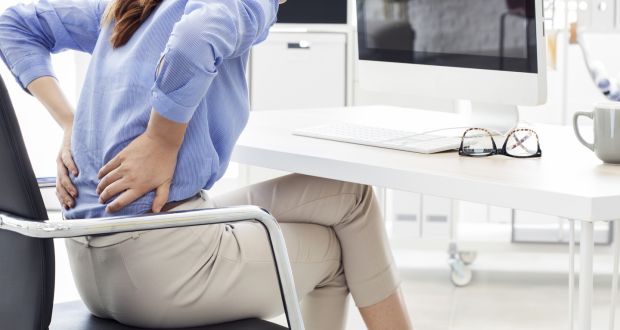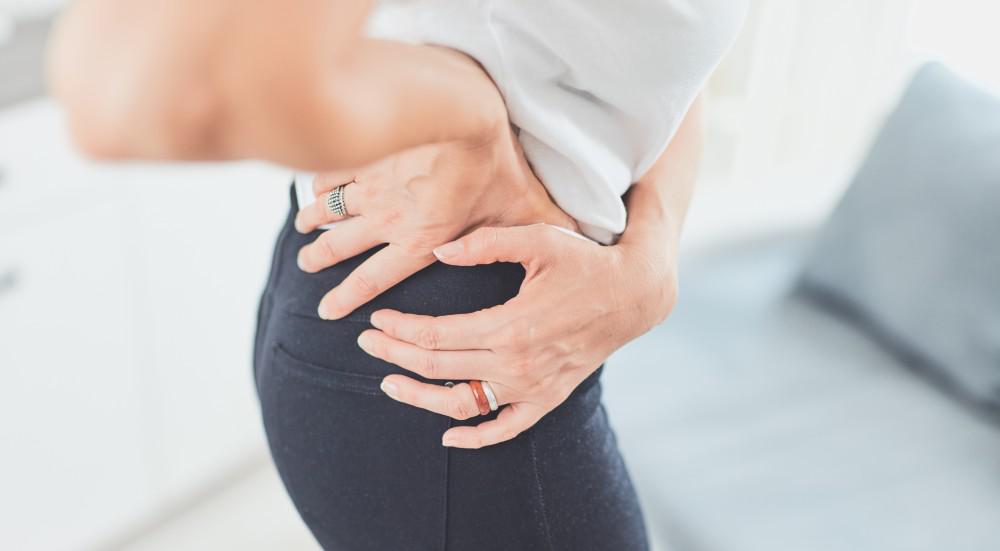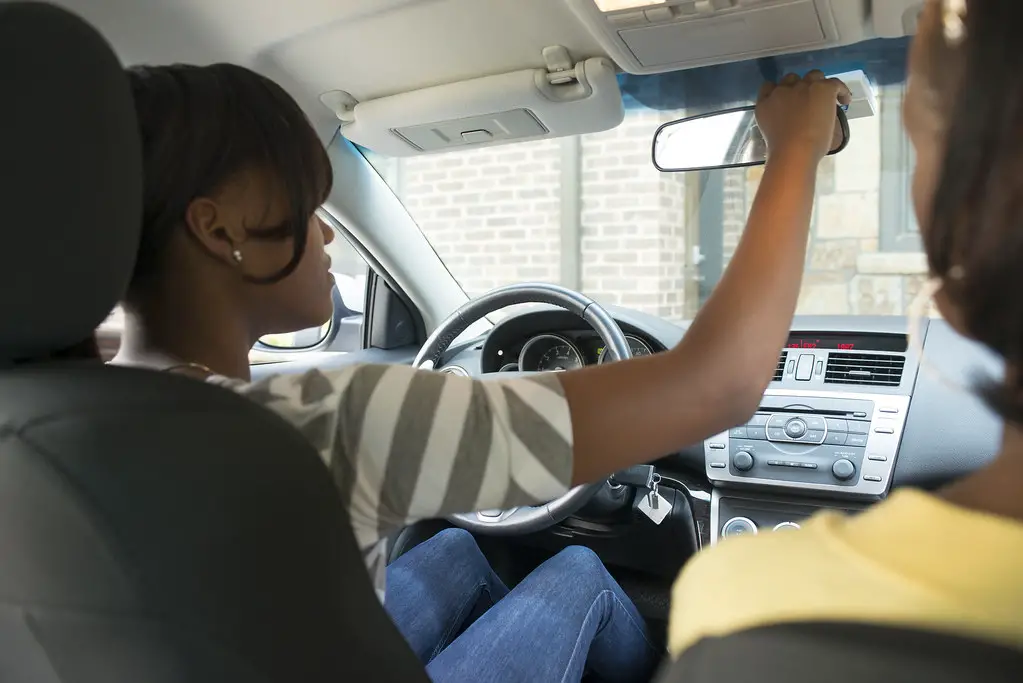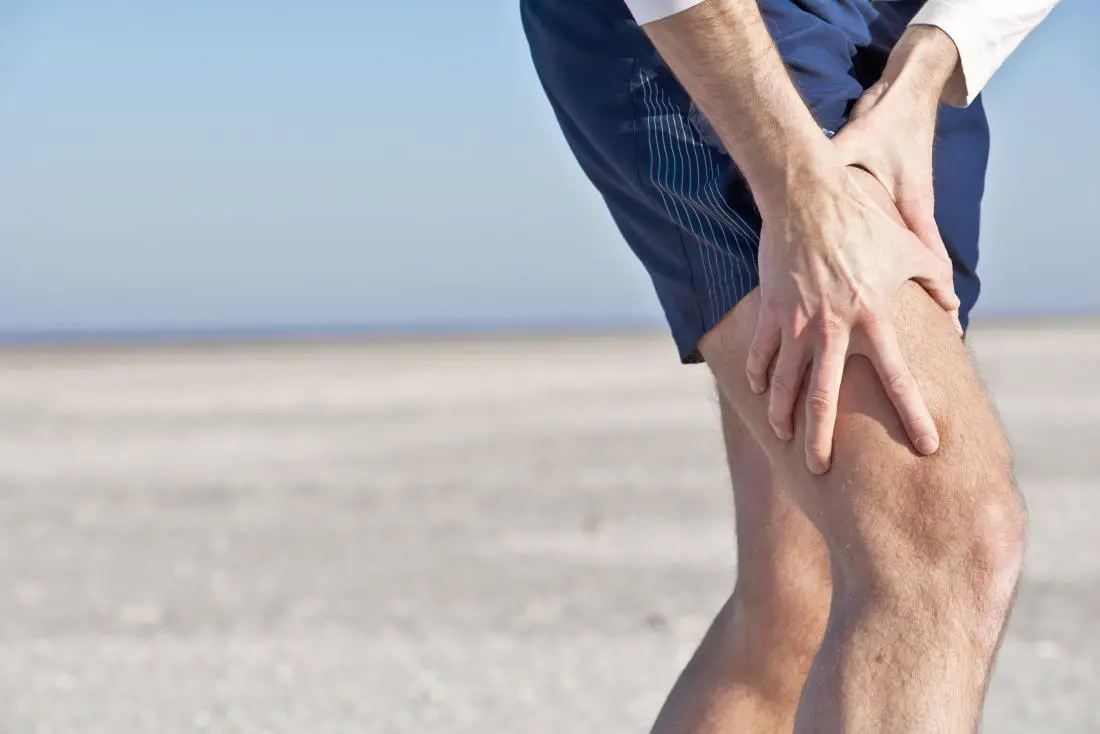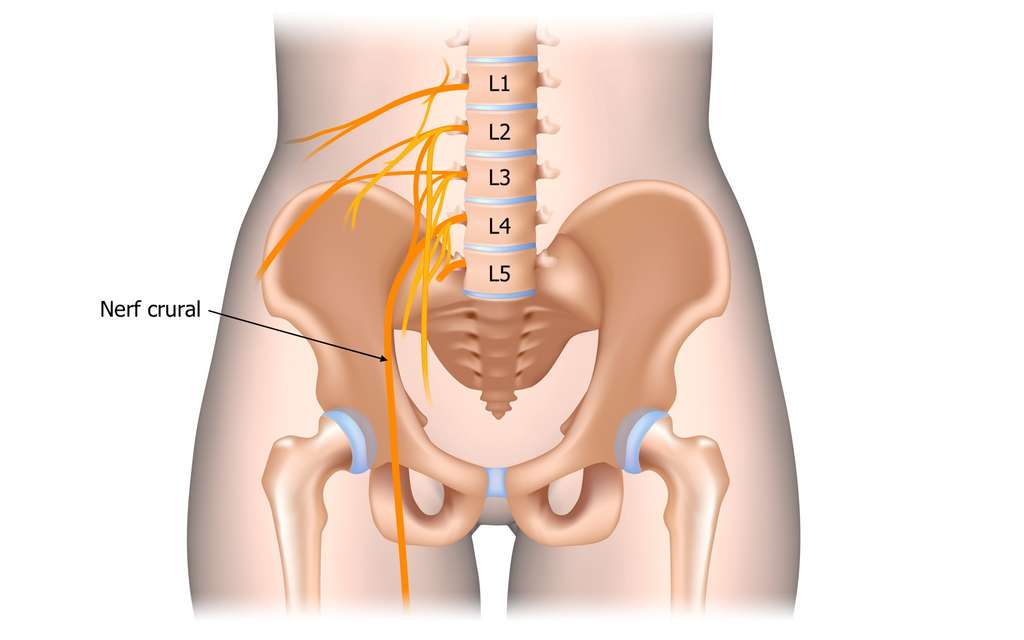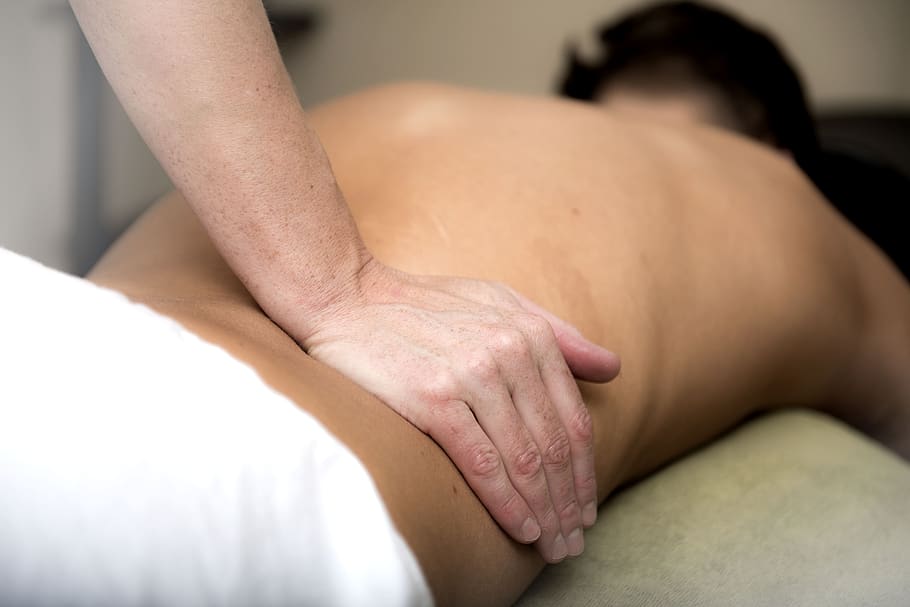If we're talking about lower back pain, it's not just the sciatica, there is also the cruralgia. Less well known, the latter is nevertheless just as debilitating and debilitating than sciatica, especially when the patient finds himself in a seated position. We then decided to zoom in on this pain. Should you avoid sitting if you suffer from cruralgia? The answer in the article.
A few words on the crural nerve
Le crural nerve, now called femoral nerve, is a nerve rooted in the spinal cord, at the level of the second, third and fourth vertebrae lumbar (L2, L3 and L4).
This nerve innervates the lower back, the thigh, the knee, the back of the calf, the ankle to the foot.
It is a mixed nerve. He is both a motor nerve (for flexion and extension of the legs) and a “sensory” nerve (for the sensation of heat, cold, pain, etc.).
What is cruralgia?
La cruralgia ou crural neuralgia refers to irritation of the crural nerve. It causes more or less significant pain along its path.
What are the causes of cruralgia?
Cruralgia appears when there is compression of the roots of the crural nerve. This then results in inflammation or irritation of the nerve.
Most of the time it's the herniated disc which is the source of affection.
The herniated disc corresponds to the protrusion of the nucleus of a intervertebral disc. It compresses the nerve roots that come out at the level of the foramina or vertebral holes. Here, it is the roots of the crural nerve that are affected.
Other possible causes include:
- thealteration of an intervertebral disc (vertebral compaction) : it is often related to age;
- thenarrowing of the lumbar canal: also called lumbar stenosis, it often follows osteoarthritis;
- la scoliosis: a deformation of the spine which in the long run leads to wear of the intervertebral discs ;
- la spondylosis: it is an osteoarthritis of the spine during which the lumbar vertebrae slip back and block the crural nerve.
- THEpsoas hematoma : it is an effusion of blood which can be spontaneous or secondary to trauma (fall, accident, surgery), or induced by anticoagulant treatment;
- a infection : the presence of pus or intervertebral abscess compresses the nerve;
- a tumor : in rare cases, certain cancerous metastases can also compress the nerve.
What are the symptoms of cruralgia?
The main symptom of the disease is pain.
This is lumbar pain that also affects the buttocks, hips, front of the thigh, calf, ankle and can radiate to the arch of the foot.
In some cases, the pain intensifies on sitting. And depending on the nerve root affected, exertion or increased abdominal pressure (during a cough, sneeze, or defecation) can also exacerbate the pain.
In case of infection or tumor, the pain intensifies and appears at rest or during the night.
Other symptoms may accompany the pain. These are among others:
- feelings of tingling or tingling in the legs;
- full fever ;
- of difficulties for move the legs or to walk.
In case of significant nerve compression associated with cruralgia, there may be in some rare cases a paralysis which could be final. It's a surgical emergency.
Similarly, a herniated disc can damage the nerves close to the perineum and become complicated in a syndrome called " cauda equina syndrome ". There will then be difficulty in urinating, constipation and sexual impotence. If these signs appear, contact a doctor immediately.
Should we avoid the sitting position in the presence of cruralgia?
As we have just specified, the sitting position intensifies the cruralgia in some cases. Should we avoid it?
The answer is no.
Indeed, the patient can sit up, but should not stay in this position for a long time.
You must also respect certain recommendations such as:
- avoid sudden movements and twisting movements;
- maintain an upright posture;
- respect the natural alignment of the vertebral column.
Conclusion
The pain of cruralgia often gets worse when sitting. This makes the disease a major constraint to daily life, but this does not mean that the patient can no longer sit. To be able to remain seated, it is necessary to adopt the good position Of course, but it is more important to consult a health professional. The sooner the disease is treated, the easier it will be to cure. It is also necessary to privilege the sessions of kinesitherapy (physiotherapy) to strengthen the back and correct the posture.
References
https://pedicurie-podologie-ruffec-halini.fr/cruralgies.html

